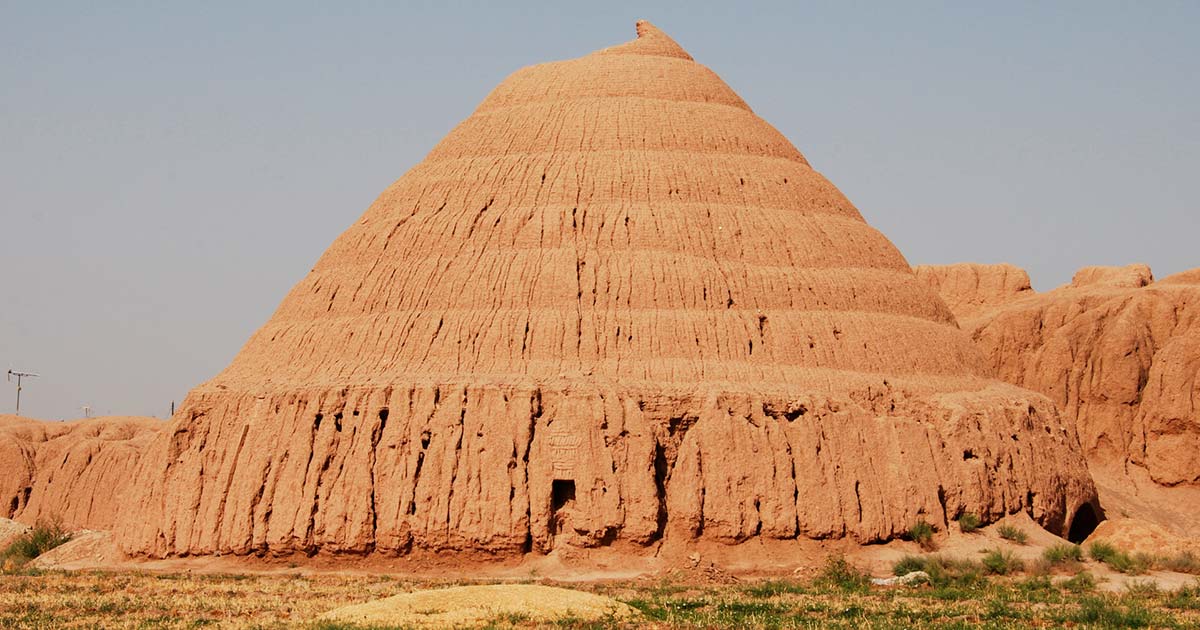The Yakhchāl: Ancient Ice-Making Machines in the Desert (Video)
In the arid expanses of the Persian desert, an ingenious ancient technology known as the Yakhchāl has been discovered, revealing a sophisticated approach to ice-making dating back to 400 BC. These structures, scattered across Iran, functioned as primitive refrigerators, utilizing a cooling system designed to preserve ice throughout the year. The Yakhchāl, meaning "ice pit" in Persian, boasts a distinctive dome shape housing a vast subterranean storage area. Constructed with thick, heat-resistant materials, the Yakhchāl employed an above-ground evaporative cooling system.
Operating in harmony with the natural climate, cold air entered through base entries, while the conical design expelled remaining heat through openings at the pinnacle. The ice-making process commenced in shallow ponds filled nightly from freshwater canals. Shielded from the sun's rays by shading walls, the ponds froze during winter nights. Harvested ice was then transferred to the Yakhchāl, constructed from locally sourced materials such as adobe, clay, egg white, goat's hair, lemon juice, and a water-resistant mortar known as subrouge. These remarkable structures played a vital role in preserving food, drinks, and possibly cooling buildings during the scorching summer months. Today, 129 Yakhchāls endure as historical markers of ancient Persian ingenuity.
- Ancient Advanced Technology: 2,400-Year-Old Yakhchals Kept Ice in the Desert
- Ancient Fridge Unearthed at Roman Military Camp in Bulgaria Kept Food Cool
Top image: Yakhchal cooling device in Kashan, Iran. Source: knovakov / Adobe Stock.

















